Flood Affected Sewer Systems
Vacuum sewerage systems are ideal in areas that are subject to flooding
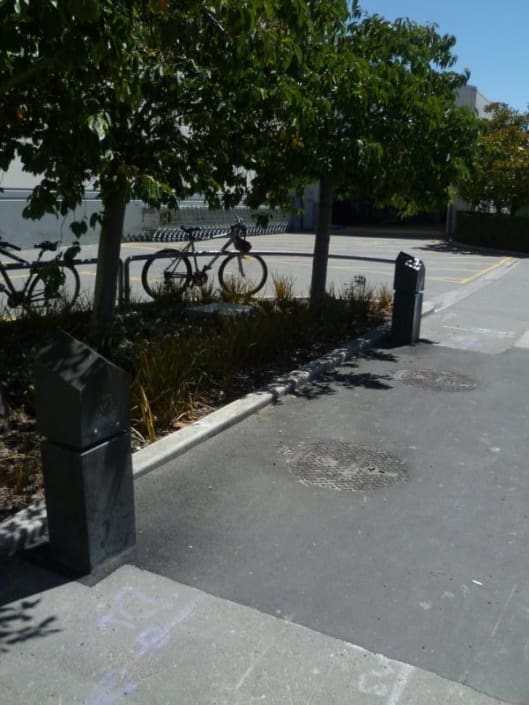 Nearly all vacuum sewerage systems are found in coastal area’s many of which are subject to flooding from rain/storms or rising sea levels. We all understand the problems that occur if I&I is present, we all know what causes it to occur.
Nearly all vacuum sewerage systems are found in coastal area’s many of which are subject to flooding from rain/storms or rising sea levels. We all understand the problems that occur if I&I is present, we all know what causes it to occur.
We have operated a number of systems during major floods without the system going down. In one Sydney system major floods occurred every two years (see photo above), our operations contract stated that if any homeowner could not continue to use their plumbing they would be put up at a hotel at our cost. Happily we did not spend a cent on hotel costs.
For the vacuum valve to meet the European standard it must be able to operate under a full 10 inches of water. To meet the Australian standard it must operate without problem under 18 inches of water. By ensuring all hose clips are properly in place and the controller breather is clear of any water , the system will continue to operate.
In area’s where flooding is common we tend to put the controller and controller breather in a pillar besides the pit to ensure that the operator can still fire the valve without trying to access the pit through the flood water which might not always be possible.
Water infiltration from the homeowners property.
We have found that the main source of stormwater entering a system comes from the homeowners property. In some flood areas we have seen that certain sections of the town will regularly go under water. This usually means that residents have to be evacuated and in the past the water inundation from that area could risk the whole system. In this case we would install a remotely controlled division valve that would cut off that section of the town from the vacuum system. It is controlled from the operations base so that operators are not put at risk trying to isolate the area.
In some older towns we find that some houses, or more often camping grounds or caravan parks are set at ground levels
that are blow the legislated 100 year old flood levels that people can build at. If we find houses affected in this way, they must pump into the vacuum system rather than drain into it so that the system is not put at risk.
Candycanes/Gooseneck house breather vents when placed on properties will often be a source of infiltration, usually due them either being cut down by homeowners who object to them being in the middle of their yard or by gardeners knocking them over with their lawn mowers. At times they are placed too low to the ground, under the flood level. In these cases we would install a Dedicated Pillar or think carefully about where the gooseneck vent is placed. Putting it in the middle of the yard risks it being cut down allowing water to enter the system. Putting it at the roof or garage top or against the house wall will limit water entering the system.
Smart Monitoring
 As technology has improved, many asset managers have embraced the ability to locate exactly where and when I&I may be occurring. A sensor on a vacuum valve giving the open/close status will also be able to tell the operator the number of activations in a day. It is very easy for the operator to set up an alert to advise if any particular valve is operating more frequently than the general average, especially during wet weather events.
As technology has improved, many asset managers have embraced the ability to locate exactly where and when I&I may be occurring. A sensor on a vacuum valve giving the open/close status will also be able to tell the operator the number of activations in a day. It is very easy for the operator to set up an alert to advise if any particular valve is operating more frequently than the general average, especially during wet weather events.
Once the operator has established which collection pit is activating more frequently than the other valves in the area, they can then troubleshoot the problem. The likely problems are that the homeowner has cut their house vent or inspection point to allow rainwater to enter the system or may have connected up their stormwater system to the sewer system or have a cracked gravity line feeding from the house to the pit. A letter to the homeowner to make the necessary rectifications is required.
There may also be groundwater or stormwater entering the collection pit due to incorrect pipework entering the pit allowing for water to enter. This is usually picked up at commissioning, if not should now be rectified.
You should also make sure that the pit lid is made for area’s that have flooding and has a seal and no holes to allow water to enter. the pit should not be located at a low point in the street.
The monitoring system makes it possible to identify these problems and fix them. this is not possible in a gravity system.
System Design
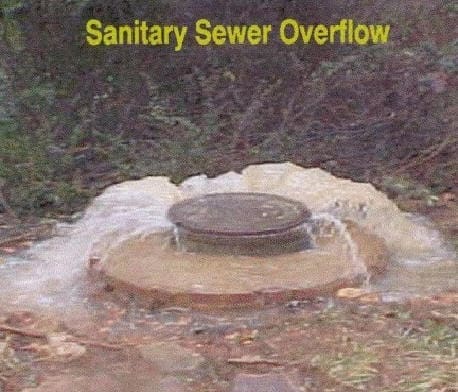 When designing a gravity sewer consideration must be made for Infiltration and Inflow on the pipes, the pump stations and the treatment plant.
When designing a gravity sewer consideration must be made for Infiltration and Inflow on the pipes, the pump stations and the treatment plant.
Stormwater cannot enter the vacuum system via the vacuum pipework as it must remain tight for the vacuum pressure to hold tight. If a break occurs in a main it is immediately noticed and repaired.
An allowance is made for I&I but only for a small amount of the network, that being the homeowner gravity lines. So the system is not designed for infiltration and all steps must be taken to ensure that it does not occur. Luckily in a vacuum system the source of any I&I can be located.
If you have any leaks into your system, contact an expert for advice.



 This historic village nestled on the banks of the Loire River near the French city of Nantes on the Atlantic coast of France is the site of the latest Flovac system in Europe.
This historic village nestled on the banks of the Loire River near the French city of Nantes on the Atlantic coast of France is the site of the latest Flovac system in Europe.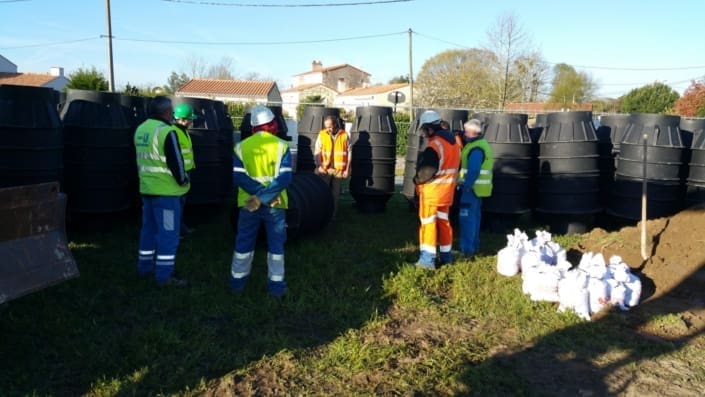 The town is in the heart of an important agricultural area and has very flat and sandy soil, ideal for a vacuum system. It is also known as the town that first developed the beurre blanc sauce, often used in french cuisine. There are also vines on the hills around the town that grow a muscadet wine that is very popular.
The town is in the heart of an important agricultural area and has very flat and sandy soil, ideal for a vacuum system. It is also known as the town that first developed the beurre blanc sauce, often used in french cuisine. There are also vines on the hills around the town that grow a muscadet wine that is very popular.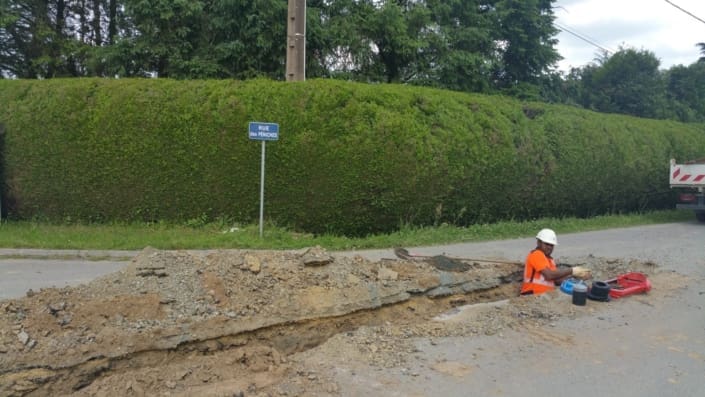 The system is able to be installed with only a single vacuum pump station which is also important in an old town like Saint Julien in that space is a precious commodity. It was also important to keep energy use as low as possible, and with a single small vacuum pump station, this is possible.
The system is able to be installed with only a single vacuum pump station which is also important in an old town like Saint Julien in that space is a precious commodity. It was also important to keep energy use as low as possible, and with a single small vacuum pump station, this is possible.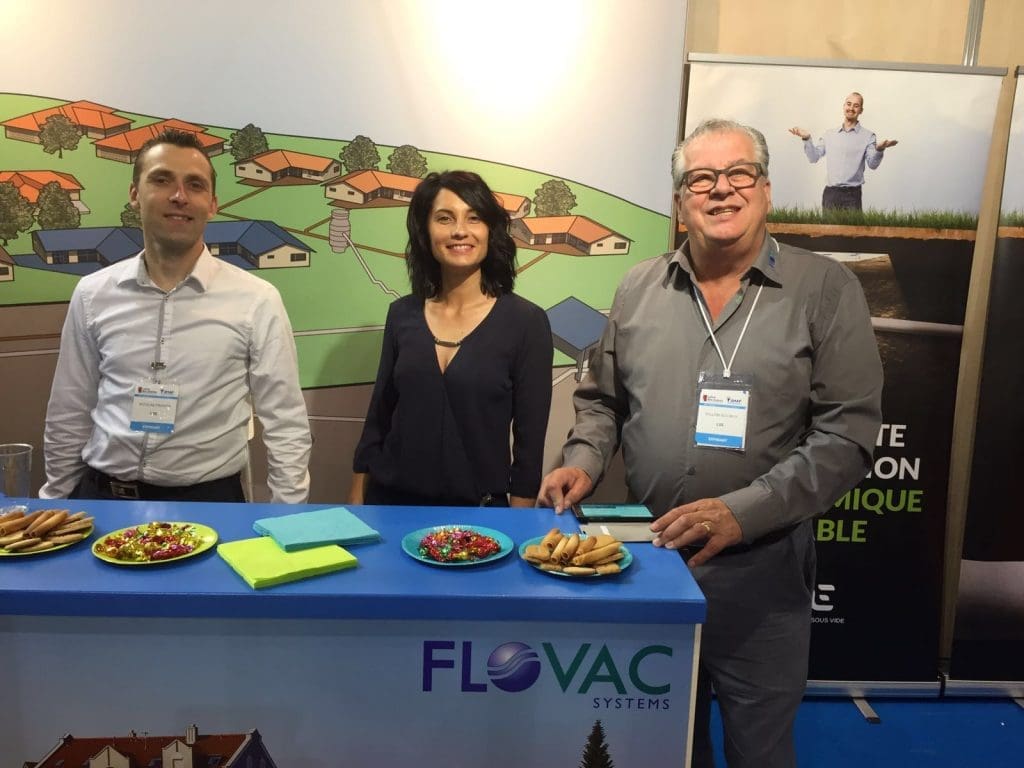

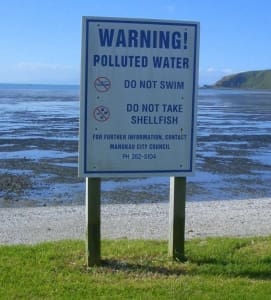 Gravity sewers have been used for hundreds of years, but they come at a much higher cost than many options reports accurately record. When selecting what type of sewerage system to use, take into account the risks associated with the solution. What happens if a sewer overflows? What happens if a storm or large wet weather event occurs. What will happen if a pipe breaks. What will be the cost and what will be the risk? A vacuum sewer could be far cheaper than you realise.
Gravity sewers have been used for hundreds of years, but they come at a much higher cost than many options reports accurately record. When selecting what type of sewerage system to use, take into account the risks associated with the solution. What happens if a sewer overflows? What happens if a storm or large wet weather event occurs. What will happen if a pipe breaks. What will be the cost and what will be the risk? A vacuum sewer could be far cheaper than you realise. Sewage leaks can occur for a number of reasons. the most common is leaking sewer pipes (this may be caused by tree roots or ground movement). A break in a gravity line can remain undetected for months or even years. In a Low Pressure Pump system a break will lead to a surcharging sewer which will be difficult to repair and costly.
Sewage leaks can occur for a number of reasons. the most common is leaking sewer pipes (this may be caused by tree roots or ground movement). A break in a gravity line can remain undetected for months or even years. In a Low Pressure Pump system a break will lead to a surcharging sewer which will be difficult to repair and costly.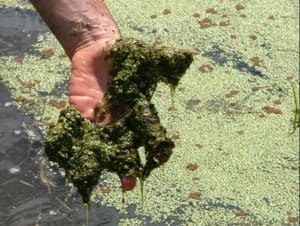 In the USA the
In the USA the  Owners of Marina’s know the impact of attracting houseboats and tourists if sewage is contaminating the marina area, with bad smells putting off people going to local restaurants.
Owners of Marina’s know the impact of attracting houseboats and tourists if sewage is contaminating the marina area, with bad smells putting off people going to local restaurants. Well admittedly, homeowners can still create overflows at the home and badly maintained systems will always have problems. Modern wireless and cable monitoring systems reduce this risk considerably and is a game changer.
Well admittedly, homeowners can still create overflows at the home and badly maintained systems will always have problems. Modern wireless and cable monitoring systems reduce this risk considerably and is a game changer. If a blockage has occurred and sewage is backing up in the pit it cannot overflow through the manhole cover as there is a partition between the sump and cover preventing sewage from flooding at this point. If it starts to back up towards the house a high level alarm in the pit sends an urgent alarm to an operator who attends to the problem. If the problem is hard to solve or an experienced operator is not available a suction truck can be used at this point.
If a blockage has occurred and sewage is backing up in the pit it cannot overflow through the manhole cover as there is a partition between the sump and cover preventing sewage from flooding at this point. If it starts to back up towards the house a high level alarm in the pit sends an urgent alarm to an operator who attends to the problem. If the problem is hard to solve or an experienced operator is not available a suction truck can be used at this point.

 The municipality is located just south of the capital
The municipality is located just south of the capital  A gravity system would have required dozens of gravity pump stations due to the high water table while only 6 Vacuum Pump Stations were needed. This has reduced the energy cost of the system and also reduced the maintenance cost. As the area sometimes suffers power outages the ability to have backup generators at each station allowed for unrestricted service for homeowners. The Vacuum Pump Stations have both duty and standby pumps and are fully monitored back to base.
A gravity system would have required dozens of gravity pump stations due to the high water table while only 6 Vacuum Pump Stations were needed. This has reduced the energy cost of the system and also reduced the maintenance cost. As the area sometimes suffers power outages the ability to have backup generators at each station allowed for unrestricted service for homeowners. The Vacuum Pump Stations have both duty and standby pumps and are fully monitored back to base.


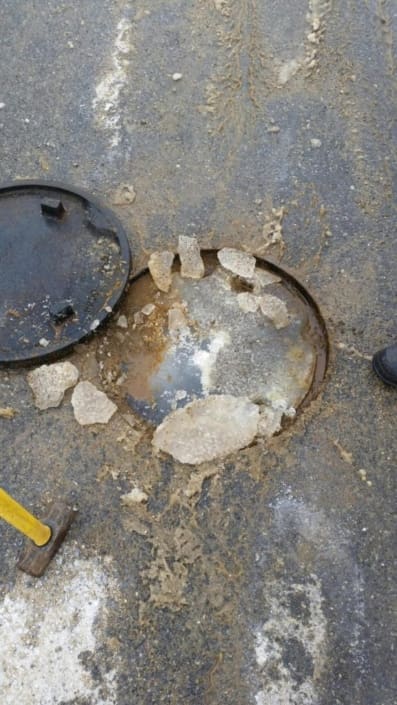 To understand some of the problems you need go no further than googling “Plum Island frozen sewers”. The main problems seemed to be related to frozen vacuum valves, water frozen in the pits, gooseneck vents submerged by snow, frozen sewage in the pipework, frozen gate valves and division valves and leaks in the line.
To understand some of the problems you need go no further than googling “Plum Island frozen sewers”. The main problems seemed to be related to frozen vacuum valves, water frozen in the pits, gooseneck vents submerged by snow, frozen sewage in the pipework, frozen gate valves and division valves and leaks in the line.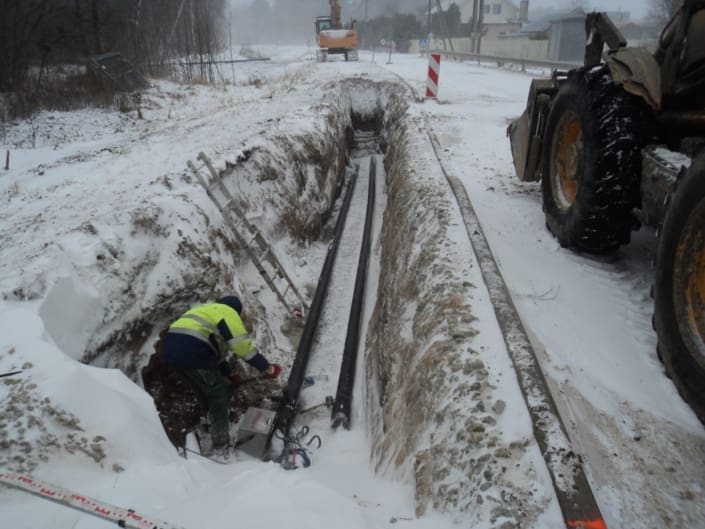 When dealing in area’s subject to extreme cold we need to take care of how deep the vacuum mains are laid, what type of division valves are used, how the collection pit is designed, where the air intake vent should be for the operation of the valve. Many of these things can be adjusted in existing systems.
When dealing in area’s subject to extreme cold we need to take care of how deep the vacuum mains are laid, what type of division valves are used, how the collection pit is designed, where the air intake vent should be for the operation of the valve. Many of these things can be adjusted in existing systems. The monitoring system also makes it very easy for operators to locate the exact location of collection pits. This is also true in coastal area’s where pits can often be covered by sand during the summer months.
The monitoring system also makes it very easy for operators to locate the exact location of collection pits. This is also true in coastal area’s where pits can often be covered by sand during the summer months.


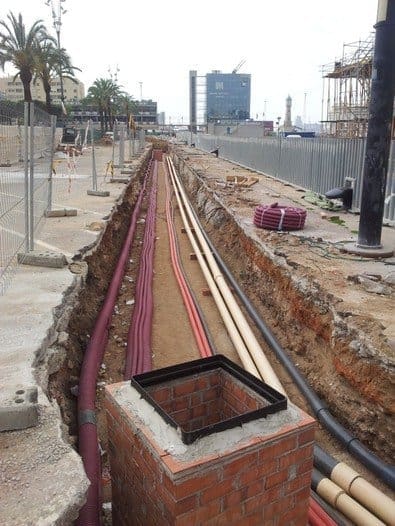 The vacuum system has two vacuum networks, one for wastewater generated in the Marina (waste water) and a parallel network where bilge water, which requires pre-treatment to collect the sewage discharged in port .The network of pipes, placed around
The vacuum system has two vacuum networks, one for wastewater generated in the Marina (waste water) and a parallel network where bilge water, which requires pre-treatment to collect the sewage discharged in port .The network of pipes, placed around The vacuum system ensures the impossibility of discharges into the sea , is the most economical solution in terms of execution of work, since by its very nature design , the network of pipes need not be buried deep underground and no intermediate pumping.
The vacuum system ensures the impossibility of discharges into the sea , is the most economical solution in terms of execution of work, since by its very nature design , the network of pipes need not be buried deep underground and no intermediate pumping. Flovac also designed software to control the discharge of sewage from yachts to the Marina and can accurately invoice by litres of discharge to the sewer. As a result, Marina Port Vell prevents sewage dumped at sea and in return gives them a MARPOL certificate.
Flovac also designed software to control the discharge of sewage from yachts to the Marina and can accurately invoice by litres of discharge to the sewer. As a result, Marina Port Vell prevents sewage dumped at sea and in return gives them a MARPOL certificate.

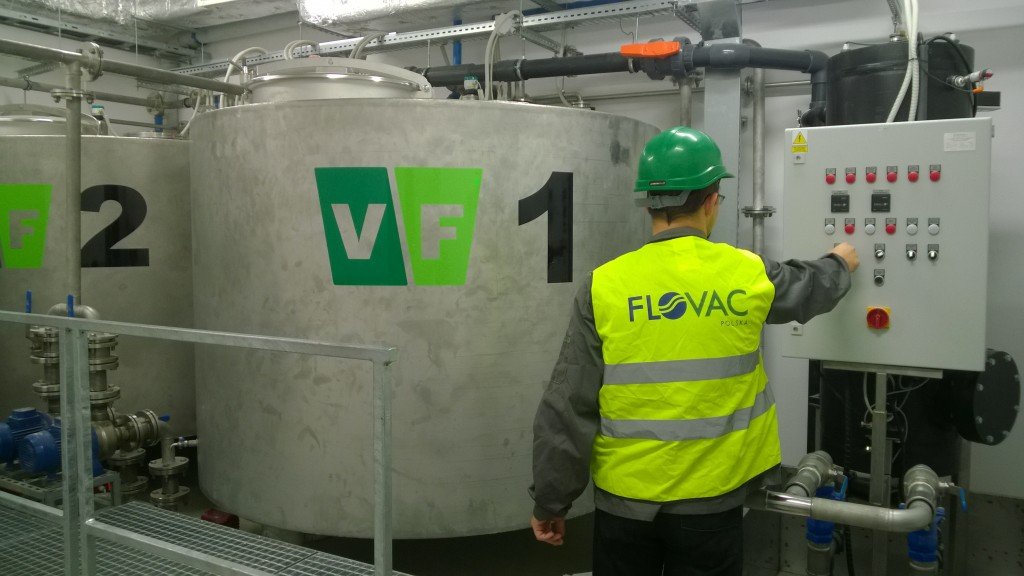





 Vacuum valves are opened by the difference in air pressure automatically and take in the wastewater from pits. No electricity at the pips is required. The pressure differential allows sewage to flow into the vacuum station and then it is pumped to the Treatment Plant.
Vacuum valves are opened by the difference in air pressure automatically and take in the wastewater from pits. No electricity at the pips is required. The pressure differential allows sewage to flow into the vacuum station and then it is pumped to the Treatment Plant.

